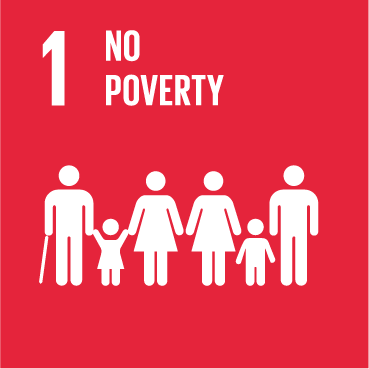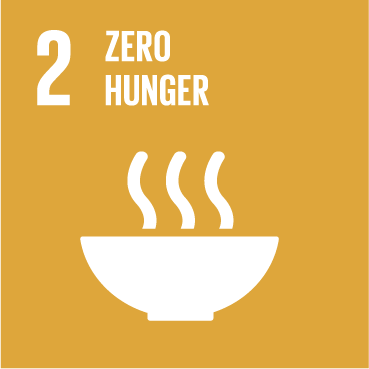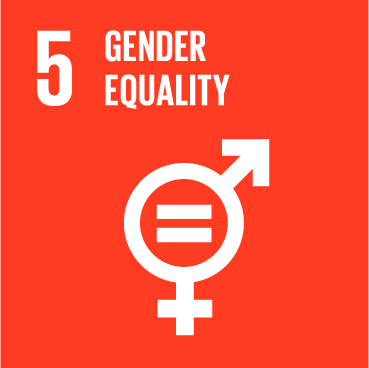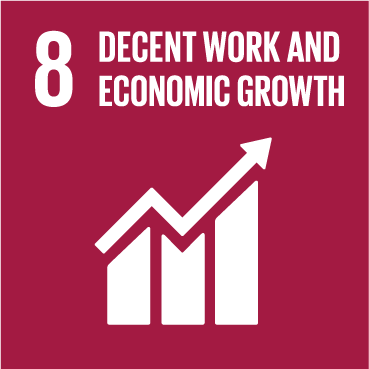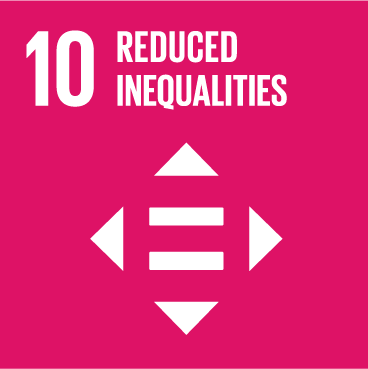In a 1933 radio interview, John Maynard Keynes, the father of macroeconomics, said: “You will never balance the budget through measures which reduce national income. The chancellor would simply be chasing his own tail — or cloven hoof! It is the burden of unemployment and the decline in the national income which are upsetting the budget. Look after unemployment and the budget [looks] after itself.”
After a decade of disastrous austerity policies, the National Treasury has failed to understand the great economist’s insight — that it must target national income and employment and forget about debt. When the government invests in its people and infrastructure the economy grows and creates jobs, and the debt ratio declines. From 2003 to 2008, government consumption spending rose 5% a year. Public investment soared 14% a year. As a result, the economy grew 4.5% a year. It created 3.1- million jobs and the unemployment rate fell to 28.7%. The debt ratio fell to 23.6% of GDP in 2008.
From 2009 to 2022, the growth of government consumption spending fell to 1.5% a year. And public investment plunged 38% from 2015 to 2022. As a result, GDP growth collapsed to 1.2% a year. By comparison, 155 emerging market economies grew 4.2% a year over the same period. In South Africa there are now 11.7-million people without work and the unemployment rate is 41.2%. Since austerity reduces national income, it is the cause of the rising debt ratio, which has soared to 73.9% of GDP. The driver of the rising debt burden is that the cost of capital is way above the miserable GDP growth rate.
Every budget since 2012, when the austerity policies started, has been the same. Sometimes I wonder if the ministers are puppets of Treasury officials or if we can dispense with them and install an artificial intelligence tool that has a neoclassical calculation engine to deliver the budget. The result has been an annual GDP growth rate of 0.8% since 2012. Finance minister Enoch Godongwana’s budget this week will continue to suffocate the economy and result in low GDP growth and soaring unemployment.
We must stop this insanity now. Recently I have been presenting a plan that has seven pillars to achieve full employment by 2035. South Africans must understand the scale of the jobs crisis and that getting 11.7-million unemployed people and almost 800,000 people who will enter the labour market every year until 2035 to work will be the equivalent of a war effort. We must create 1.6-million jobs a year until 2035 to achieve full employment — an unemployment rate of 5% or less. The policy tools to achieve this target must be very large and have an effect throughout the economy.
Unemployment is a macroeconomic policy issue. Therefore, South Africa must have a mobilising vision and plan for the economy that binds 6% GDP growth on the Treasury and the Reserve Bank. Second, we must phase in a universal basic income (UBI) over three years at the three national poverty lines. A UBI for adults (18- 59) and children (under 18) who receive a child support grant will cost R659bn over three years, according to a new Social Policy Initiative report. Since “expenditure creates its own income”, as Keynes said, the bazooka stimulus effect will generate 96% of the income to pay for itself.
Third, we must amalgamate the three public employment programmes — the presidential employment stimulus (PES), the expanded public works programme (EPWP) and the community works programme (CWP) — to create a quasi- public institution with professional management and civil society oversight. It must develop the capacity to create up to 5-million jobs a year and a job guarantee. The budget this week slashed R2bn from PES spending for 2024/25 and R7.4bn from the EPWP and CWP over the three-year medium- term expenditure framework (MTEF) period.
South Africa must increase spending on industrial policies from an insignificant 0.3% of GDP and develop new policy tools to boost the labour intensity of GDP growth. The budget announced public sector infrastructure spending of R943.8bn over the MTEF period. But such spending will decline to 3.8% of GDP from 4%. The shortfall to achieve the National Development Plan target of 10% of GDP is R447.7bn for 2024/25. We must mobilise the resources to achieve this target.
We must deliver universal public services, such as free education and health care and subsidised public electricity, housing and transport.
Finally, international migration is a function of unbalanced economic development in a region. We must accelerate integration and lead the process of developing a strong and balanced regional economy. As Prof Siphamandla Zondi told me: “South Africa will benefit the most from regional integration and suffer the most from the lack of it.”
The 2024 budget was the first step towards ending the artificial separation of monetary, fiscal and industrial policies. The Treasury and the Reserve Bank showed that taxes and issuing government bonds are not the only ways to raise revenues and that it is possible with co-ordination to manipulate the consolidated SA Inc balance sheet to mobilise resources for economic development. Bank governor Lesetja Kganyago explained to me the steps that were involved in transferring R150bn — part of a surplus on the gold and foreign exchange contingency reserve account — to the Treasury. But if we strip out the accounting details and conventions that are required to recognise such transactions on the central bank balance sheet, the Bank has effectively created monopoly money at the stroke of a pen. It did not sell any foreign exchange reserves and simply shifted book entries from one part of the balance sheet to another. The transaction was the equivalent of a family that has a cash crunch realising that the value of its house has doubled. A discussion with the bank manager can release some liquidity. But the R150bn transfer accounts for less than 3% of government debt and does not address any of the drivers of the rising debt burden.
The reality is that the Bank can always finance economic development and cannot run out of the currency it issues. There is no reason for the government to always pay exorbitant prices on the bond market to borrow the currency it issues from financial institutions. It can bypass the bond market and borrow directly from the family — the Bank and the Public Investment Corporation (PIC) — on more favourable terms, thus reducing the average cost of capital.
The Treasury and the Bank can co-ordinate monetary and fiscal policies to increase GDP growth and reduce the cost of government borrowing by taking over (or nationalising) the bond market for an extended period, as has happened in some countries. SA Inc can also have a one-off restructuring of its public sector balance sheet that has assets worth almost R4-trillion to finance economic development. This includes PIC assets of R2.6-trillion and foreign exchange reserves of R1.2-trillion. South Africa can mobilise trillions of rands to completely transform its economy and achieve full employment by 2035.
Source: www.sundaytimes.co.za




